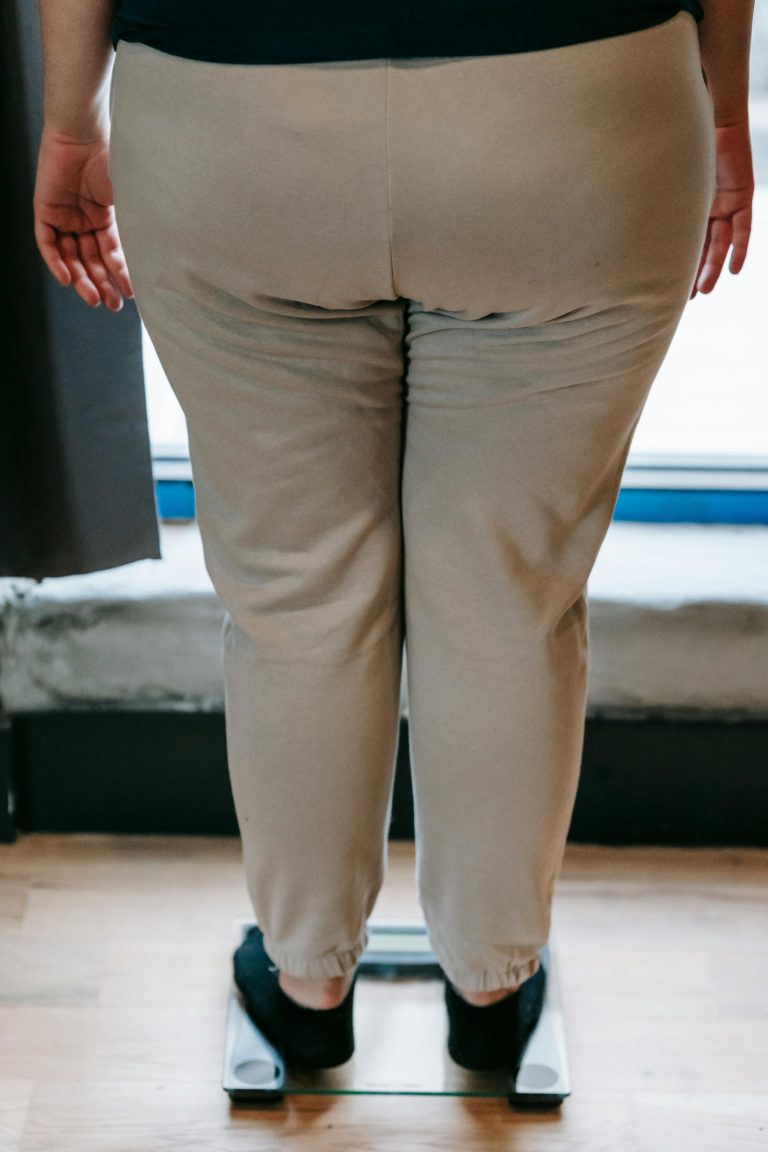Fatty liver disease, also known as hepatic steatosis, is a condition characterized by the accumulation of excess fat in liver cells. While a certain amount of fat in the liver is normal, when it exceeds 5-10% of the liver's weight, it can lead to inflammation and damage to the organ. Fatty liver disease can be categorized into two types: alcoholic fatty liver disease (AFLD) and non-alcoholic fatty liver disease (NAFLD).



